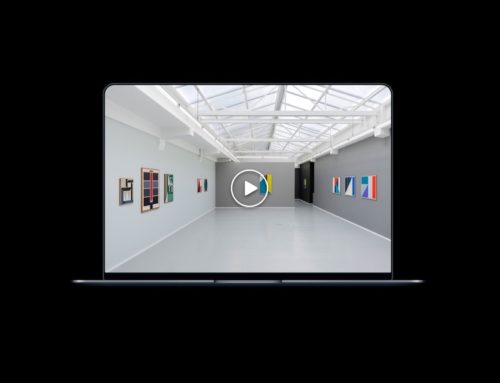Last year, the winning project of the IK Prize, ‘Tate Sensorium’, was all about synaesthesia i.e. sense interaction. The visitors were asked to ‘experience’ paintings while receiving stimuli from other senses, from hearing to smell, to taste. This year, the prestigious prize was awarded to ‘Recognition’, which, one might say, is all about free associations. Recalling ‘Tate Sensorium’ for its combinatory nature, the project is visually intriguing and intellectually stimulating.

‘Recognition’ is the product of ‘Fabrica’, a team of creatives and researches, passionate about communication. Based in Treviso (Italy), ‘Fabrica’ is made exclusively of young people – you have to be aged 25 or under to apply to be part of it. Perhaps owing to this, ‘Recognition’ speaks of innovation, fresh thinking, and endless combinations. The central idea of the project is to juxtapose art and photojournalism, to make the two worlds engage in conversation, and to show they have more to say to each other than we may think. An artificial intelligence programme browses thousands of images from the Tate database and the Reuters photo archives. It then matches images that have visual or thematic affinities, and presents them to the audience. The result is an infinite stream of pairs of images.
The criteria for matching images are several, and I think this is where the beauty of ‘Recognition’ lies. Pictures can be compared for purely aesthetic reasons, such as colour, subject, and composition, but also for more intellectual ones, namely for sharing key-words in the museum descriptions and in the articles they relate to. Thus, a round table of international politicians from last month can be matched to a gathering of UK ministries from the 18th century, or to a family scene taking place around a kitchen table. The combinations are projected in a round gallery at Tate Britain, an immersive and almost awe-inspiring space, which contributes to captivate the viewers. The audience are also invited to actively contribute to the project, by selecting their own combination of images on a touchscreen – some of which are then showcased on a dedicated website.
The main strength of ‘Recognition’ is that it encourages both aesthetic and political questions. On the one hand it makes us reflect on what lies behind our appreciation of artworks. Looking at the works of art, visitors may find they tend to admire especially works with bright colours, or with specific patterns, or with realistic scenes, which might be something they’d never noticed about their artistic tastes. On the other hand, the project stresses the relevance of art in our current world. It might be easy to dismiss traditional artworks as exclusively ‘beautiful’, or simply ‘historically interesting’. Instead, ‘Recognition’ is the proof that art and photojournalism share not only aesthetic qualities, but also informativeness and communicative power.





